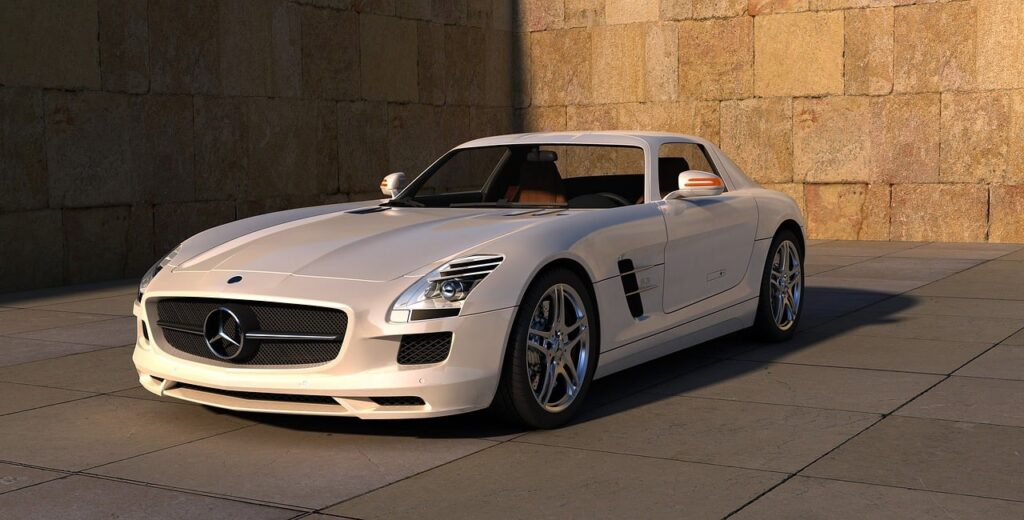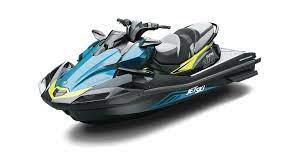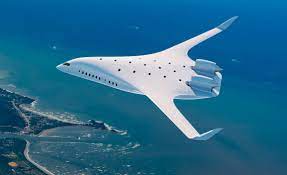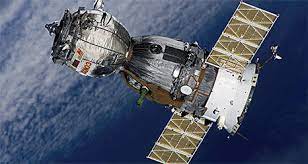
The diverse world of vehicles has greatly impacted history by transforming our lifestyles, occupations, and transportation methods. Starting from the forms of horse-drawn carriages to the stylish electric cars we see today, the realm of vehicles encompasses a wide array of options. In this article, we will take a captivating journey through the world of vehicles, delving into their types, purposes, and how they have evolved throughout time.
1. Land Vehicles
Land vehicles are widely recognized as a varied group of vehicles. They come in a multitude of forms, sizes, and purposes. Some of the variations include:
a. Automobiles:

Cars are vehicles specifically created for transportation and come in a range of sizes and styles, from compact models to luxurious ones.
Trucks serve the purpose of transporting goods. Come in various sizes and configurations that cater to different requirements.
SUVs are sport utility vehicles designed to excel in off-road conditions while offering interiors for comfort and convenience.
Vans are particularly well suited for transporting passengers or cargo commonly utilized for business purposes or as family vehicles.
b. Motorcycles and Bicycles:
Motorcycles are vehicles with two wheels that are propelled by engines. They are renowned for their ability to reach speeds and maneuverability.
On the other hand, bicycles are human-powered vehicles with two wheels that serve as a means of transportation and recreation.
c. Public Transportation:
Buses are vehicles designed for mass transportation in cities.
Trains are fixed-track vehicles that offer long-distance travel.
Trams and light rail systems are urban transit vehicles that operate on tracks within cities.
d. Specialty Vehicles:
Construction vehicles refer to the machinery utilized in construction and infrastructure projects, such as bulldozers, excavators, and cranes.
Emergency vehicles are specifically designed for response during emergencies and include police cars, ambulances, and fire trucks.
2. Watercraft

Throughout history, boats and ships have played a role in the discovery of land and the movement of goods and individuals across vast bodies of water. These watercraft encompass a range, spanning from traversing oceans to navigating rivers and lakes.
a. Boats:
Sailboats are vessels that use the power of the wind for leisure and competitive sailing activities.
Fishing boats are specifically designed for fishing purposes. Come in different variations, such as trawlers, longliners, and drifters.
Speedboats are boats that are built for water sports and offer high-speed capabilities.
b. Ships:
Cargo ships are boats that are used for transporting goods across vast oceans.
Cruise ships are vessels designed to provide passengers with an extravagant travel experience and entertainment options.
Warships and vessels are equipped with advanced weaponry and defensive systems to engage in combat and protect national interests.
c. Submersibles:
Submarines are watercraft that are designed to operate underwater. They have been historically used in activities including warfare and exploration.
Research submersibles are vehicles such as bathyspheres and operated vehicles (ROVs) that are specifically utilized for deep sea exploration purposes.
3. Aircraft
Aircraft have played arole, in shrinking the world and bringing places closer together in no time. We can categorize them into types:
a. Commercial Aircraft:
Airplanes are aircraft designed to transport passengers for both domestic and international travel purposes.
Helicopters are aircraft that can take off and land vertically, commonly utilized for transportation and rescue operations.
b. Military Aircraft:

Fighter jets are high-speed planes specifically created for combat and gaining air superiority.
Bombers are aircraft designed for carrying out long-range bombing missions.
Transport planes serve purposes such as deploying troops, transporting cargo, and undertaking missions.
c. General Aviation:
Private planes are operated by individuals either for personal or business travel.
Gliders and ultralights are lightweight aircraft primarily used for flying purposes.
4. Spacecraft
Spacecraft are the achievements of ingenuity and our relentless pursuit of discovery. We can classify them into categories:
a. Human Spacecraft:
Space shuttles are spacecraft that can be used to transport astronauts to and from space.
Space stations serve as living spaces for astronauts who conduct research and experiments in space.
b. Unmanned Spacecraft:

Satellites circle around the Earth to facilitate communication, navigation, monitor weather conditions, and conduct research.
Probes and rovers are dispatched to investigate other planets, moons, and asteroids.
Vehicles are not just a means of getting from one place to another. They represent the creativity and inventiveness of humans. Whether we’re delving into the depths of the ocean, journeying through the expanse of space, or simply commuting to work, vehicles have become an indispensable part of our daily existence. As technology progresses, the realm of vehicles will undoubtedly transform, presenting us with thrilling opportunities to traverse and discover our world and beyond.






Leave a Reply